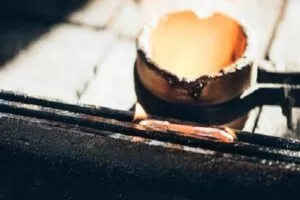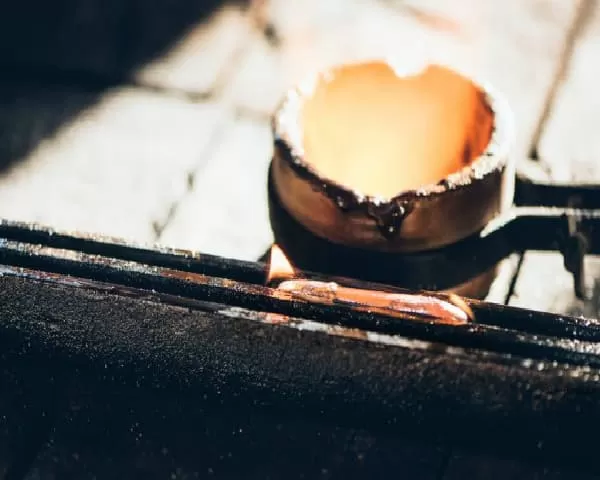The Meaning of Crucible
It has several meanings:
- A crucible for purifying metals; Also a difficulty that is a test and a character generator, as in a crucible composed of a highly refractory substance, such as clay, graphite, platinum, and used to melt and calcine substances that require a high degree of heat, such as metals, minerals, etc.
- A hollow place at the bottom of a furnace to receive molten metal.
- A test of the most decisive kind; a severe trial; like, the crucible of grief.
A crucible is a vessel used for extremely hot chemical reactions: the crucible must be melt proof.
Literally, a crucible is a vessel used for very hot processes, such as the melting of metals. Another meaning of the word is a very significant and difficult test or trial. Climbing Mount Everest with your legs tied would be a crucible, like swimming blindfolded in the English Channel.
Crucible, clay pot or other refractory material. Used since ancient times as a container for melting or testing metals, crucibles were probably named after the Latin word crux, “cross” or “test.
Modern crucibles may be small laboratory utensils for high-temperature chemical reactions and analysis or large industrial vessels for melting and calcining metals and minerals; they may be made of clay, graphite, porcelain, or a relatively infusible metal.
A crucible has become a metaphor for any set of circumstances through which a person can pass that “tests their mettle” or purifies them, eliminates unnecessary, strange, unproductive or self-destructive behavior or attitudes.
A crucible is a pot used to hold metals for melting in a furnace. Furnace crucibles are designed to withstand the higher temperatures found in metal casting work. The crucible should essentially be made of materials with a much higher melting point than the materials being melted. Crucible materials should also have good strength even when extremely hot.
Furnace crucibles come in a variety of metal constructions, such as clay-graphite, silicon carbide, and more. These materials can withstand the extreme temperatures in typical melting operations. Silicon carbide has the added benefit of being a highly durable material. Some common shapes for crucibles include “A” shape and bilge shape.
A shaped crucibles have been found to be slightly rough around the edges. Their surface finishes are slightly coarse and there are dents and dings in the tires and body. These crucibles do not have as finished appearance as bilge types, however, due to their lower price, many people prefer “A” type crucibles. Roughness does not affect performance in any way.
Never fill the crucibles with a cold metal such as aluminum, as there is a good chance that the metal will expand and crack the vessel. Also be sure never to allow the metal to solidify at the bottom of the pot, for the same reason. Crucibles should be properly tested for cracks before each application.
Replace broken crucibles with new ones. According to some hobby casting professionals, a good ceramic crucible will “rattle” when hit with a soft hammer, while a damaged one will “bang”. Some people prefer a visual inspection. Keep the crucibles in a dry place and preheat them and the metal will melt as the furnace heats up. A little moisture can cause the crucible to crack when heated.
Homemade steel crucibles can be used to melt metals such as aluminum and zinc, because these metals melt at a much lower temperature than steel. However, flaking (scaling) of an interior steel crucible surface is a drawback. This scaling can contaminate the melt and thin the walls of the crucible quite quickly.
Steel crucibles will work for beginners in home casting who do not mind dealing with scaling. Tracing the origins of the crucible and cover takes us back in time to the sixth or fifth millennium B.C. (Before Christ). At this time, crucibles were used primarily in Iran and other parts of the eastern world in copper smelting and related processes.
The use of the crucible and casing has changed dramatically over hundreds and thousands of years, with the Romans using the two objects for alloy production and the people of the medieval era using them to melt and cast other copper alloys such as lead.
Other Laboratory Materials and Instruments in ALPHAPEDIA
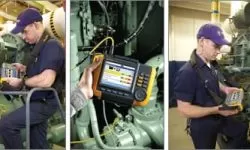
💚 VIBRATION SPECTRUM ANALYSIS
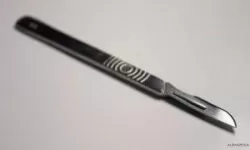
DIAMOND KNIFE
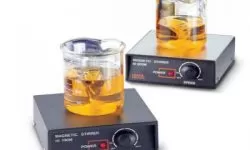
MAGNETIC STIRRER: Use, Definition and Function

GRAMS SCALE: What Is It For ? Models and Brands
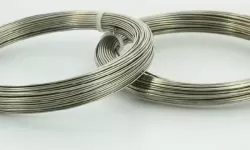
PLATINUM WIRE: What Is It ? Its Function and Price

DIAMOND KNIFE PRICE. Reviews and Offers
Other Topics of Interest in ALPHAPEDIA

FREE OIL PAINTING COURSE

FREE MASTER DEGREE IN PUBLIC POLICY

FREE BACHELOR DEGREE IN RELIGIOUS STUDIES

FREE AROMATHERAPY COURSE

FREE GENERAL CULTURE COURSE

DEUTERONOMY 18
Image Of CRUCIBLE
